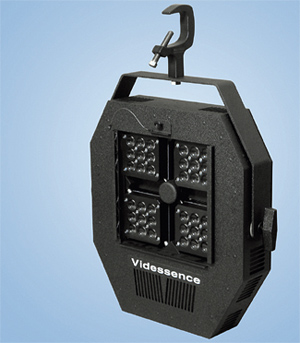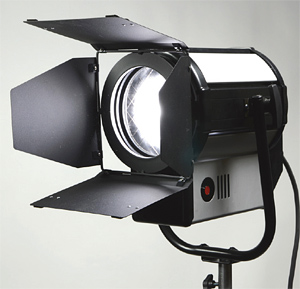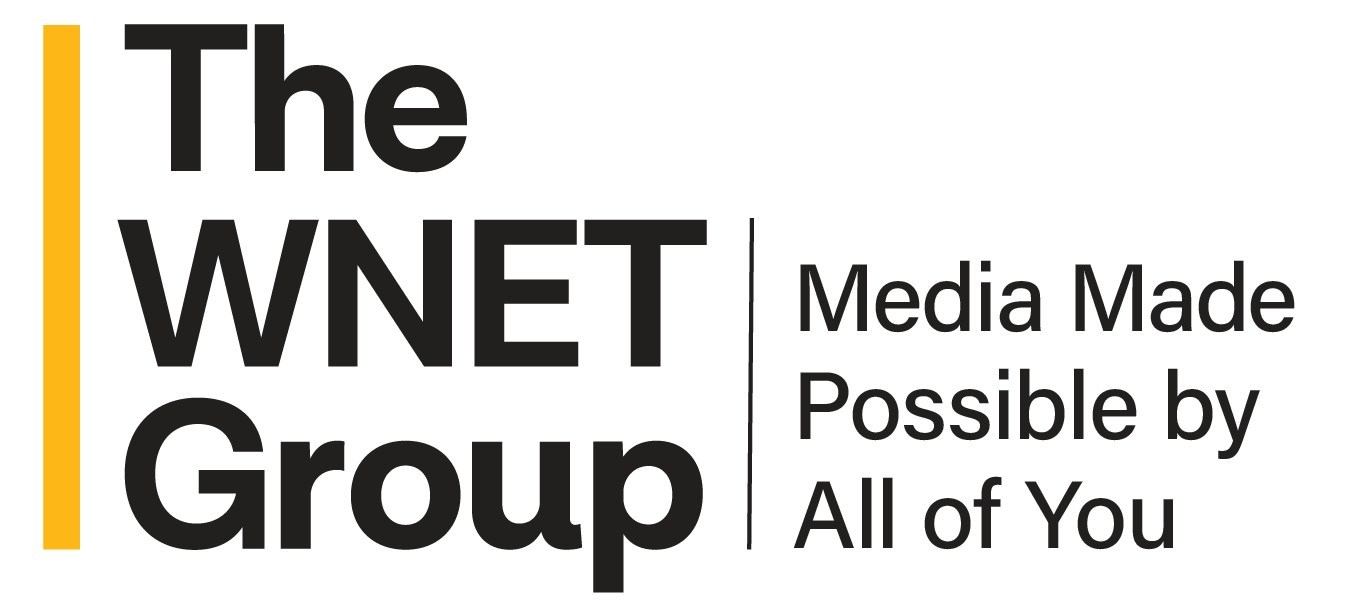Energy, Variety Drive Lighting Technology
BOSTON — Advances in lighting technology have not kept pace with the rapid advancements in cameras and shooting styles—probably due to reverence for tradition and stubborn physics. But that is about to change.
Two factors are pushing the development of new lighting sources. One is a federal mandate for lower power consumption; the other is a desire among lighting professionals for tools that perform as well or better than what they are used to, while being lighter, cooler, more mobile, and cheaper to maintain.
LED AND LEP
Tungsten is still the gold standard, and has kept its value largely because it is controllable and familiar. But for most applications it is on its way out. For new tools, fluorescent lights have become more refined and accepted for soft light applications. But the cutting edge of change is in LED and light emitting plasma (LEP) technology.

Videssence ExceLE D 100 LED lights have been around for years, yet there is still palpable resistance to them among lighting professionals.
Emmy award-winning lighting designer Bill Klages, who also pens TV Technology's monthly "Lighting Technology," column, represents one opinion. "LEDs are not particularly well developed," he said. "They don't provide enough light and have a poor color spectrum. The performance is not there yet."
But Boston-based lighting designer John Gates notes that manufacturers are responding to these opinions with new products that emulate, and even improve upon, the design and performance of traditional tungsten instruments.
"Up until this year, the function of LED lights was based on technology rather than need," Gates said. "Now there are more LED lights that work like traditional fixtures. It's the best of old and new."
The most notable example of this is the LED Fresnel—a new light engine in a familiar form, designed to meet the lighting designer's needs. LED fresnels provide the same light character, focus capability and beam control as their tungsten predecessors, at a fraction of the power. Several major companies are following this trend.
ARRI has introduced its L7 series of LED fresnels, offering three types: a 3,200 Kelvin, a 5,600 Kelvin, and one that is color controllable. They offer the light output of a 1,000 Watt tungsten fresnel but only require 220 Watts. The lamps also last 200 times longer.
Other companies moving in this direction include Videssence, an influential player in LED development.
"We have spent the last three years developing LEDs because that's where the industry is heading now," said Gary Thomas, National Sales Manager for the El Monte, Calif-based company.
Videssence, already known for their fluorescent lighting, sees great potential in LED technology if certain problems can be overcome. One of the biggest is to get more light output out of the fixtures. To this end they have made impressive progress. By engineering cube elements with elaborate focusing design and grouping them together, they now make an LED light with an output equivalent to a 5K (5,000 Watt) tungsten lamp. Yet it uses a quarter of the power.
The most popular light in the film industry, according to Klages, is the 10K. Up until now, LEDs could only reach around the 1K area. But as Videssence is showing, this will change. Thomas believes a 10K LED fixture will soon be within their grasp. In fact, Thomas believes that LEDs will ultimately replace tungsten, driven by the demand for lower power consumption, less heat, and the vastly longer lifespan of the lamps.

Photo Beard Nova Litepanels, a pioneer in LED technology, is creating a more varied and innovative product line aimed at new methods of acquisition.
"There has been a big shift in how people are shooting," said Pat Grosswendt, Litepanels co-founder and director of broadcast. "The cameras need less light so crews are smaller and you can shoot in locations previously not possible. Now the position and quality of light is more important than the amount."
Litepanels has introduced the Sola 6 LED fresnel, which is focusable and dimmable with no color shift, and provides the equivalent of 650 Watts tungsten at only 75 Watts. They are also developing higher output lights, and their LEDs boast a lamp life of about 50,000 hours.
POWER CONSUMPTION
Grosswendt said that the market is looking to replace its tungsten inventory to reduce power consumption. But he still sees a lighting landscape built on an expanding diversity. "It isn't that our products will fill every need," he said. "We're mostly interested in lighting talent, not backgrounds."
And then there is plasma, which uses radio frequencies to excite a plasma source into emitting light. It is highly efficient, and shows promise if it can be controlled.
U.K.-based Photon Beard, which has been making lighting instruments for 129 years, has embraced plasma-based lamps as the most promising new technology. Their new PhotonSpot Nova fresnel uses light emitting plasma, and at 273 Watts, you get a light output equivalent to a 2,000 Watt tungsten fresnel. And the lamp is projected to last from 10,000 to 20,000 hours without color shift.
Simon Larn, technical director at Photon Beard, is upbeat about more than just the power efficiency of light emitting plasma (LEP). "The color spectrum is continuous with very few spikes and drops," Larn said. "In fact, it is the most continuous I've seen."
Larn cites other promising attributes of LEPs, such as absence of flicker (a plus when shooting high speed motion picture), and that the lights can run on batteries.
At the moment, LEP lights are most suitable as a substitute for HMIs. They produce a 5,600K color temperature while using a fraction of the power and a lamp that lasts 20 times longer. "There will be new, more powerful plasma lamps, and the technology is developing," Larn said. "I'm convinced plasma is here to stay."
Gates pointed out that these new technologies are not about coming up with a single technology that does everything. "We are finding a wide mix of lights being used on sets doing different things," he said.
The trend in lighting for TV and film is expanding from a single technology to multiple ones. As LED and LEP technology progresses, they will inhabit familiar workhorse designs. Yet these new lights require far less power, produce less heat, are more mobile, and have a much longer life than tungsten lights. We are in the infancy of technological developments that will transform the lighting designer's tool set.
Get the TV Tech Newsletter
The professional video industry's #1 source for news, trends and product and tech information. Sign up below.
